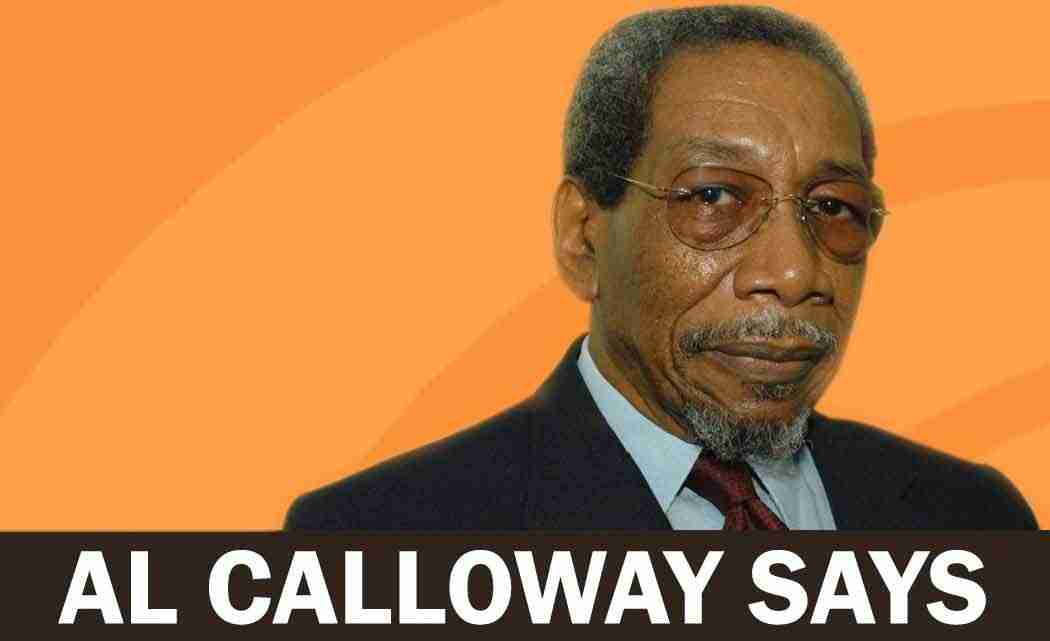It was a house slave named Peter Prioleau, William Pencil, a free black man, and the mulatto slave George Wilson that caused the nine thousand man-strong Charleston, South Carolina slave revolt of 1822 to fail. Those three informers were also responsible for the hanging of revolt leader Denmark Vesey and thirty-four of his key revolutionary co-conspirators.
Vesey was nearly sixty years old and had lived his last twenty-two years in Charleston as a free black with a successful carpentry business before traitors revealed his meticulously planned revolution. Denmark Vesey had worked quietly on the revolt plan for four years. White people could not have dreamed that this church leader, family man and employer of other blacks could have secretly planned their demise.
In some human beings, circumstance or position cannot abate the fervor for liberation and justice. They just have to act on behalf of their fellow man. Such was the cause of Denmark Vesey whose early life informed his Pan-African Black Revolutionary Nationalist bent. As a quick boy slave without mother and father in the Danish Virgin Islands, to traveling the Caribbean and West Africa slave trade routes on Captain Joseph Vesey’s slave ship as his slave boy assistant, he witnessed vile inhumanity in the raw.
It’s not known whether Denmark Vesey was born in Africa or the Danish Virgin Islands, but, as a boy, he picked up Danish, French and English. As an adult slave he had added Creole and some Gullah, the mixed broken English and African tongue spoken by the blacks of South Carolina and Georgia’s Sea Islands. Vesey also knew some aspects of Islam that later afforded him the ability to recruit Muslim slaves. In 1822, more than ten percent of Charleston’s blacks were Muslims.
When Vesey bought his freedom in early 1800, he began to play the game of Melding, which was good for his carpentry business and it afforded him opportunities to observe various aspects of Charleston’s social structure up close. Vesey got a house on Bull Street, three blocks away from the mayor of Charleston and the governor of South Carolina and he joined the prestigious Second Presbyterian Church.
The man who twelve years later would lead America’s largest slave revolt had little or nothing to do with Charleston’s freed blacks, some of whom owned black slaves and were, in effect, the black Anglo Saxons. He similarly eschewed free and enslaved mulattos, having observed and understood their seeming total loyalty to white people.
By 1810 Vesey joined Charleston’s African Methodist Episcopal (A.M.E.) Church to engage in African centered Christian worship. During his years of slavery, Denmark Vesey had secretly violated the law and learned how to read very well. Vesey began speaking out against slavery and saying that a liberator is coming. In 1815, under the leadership of Morris Brown at the new A.M.E. Church, Denmark Vesey became a minister class leader for biblical instruction.
By 1817-18 Denmark Vesey began utilizing the A.M.E. structure to recruit men and organize. He used biblical scriptures to move men’s minds from slavery to freedom. Vesey went to slave quarters to teach Bible lessons and had sessions at his home, all centered on liberation. (Some say the spiritual Go Down, Moses came from his incessant preaching of that biblical story.)
More than half of the thirty-four revolutionaries hung with Denmark Vesey, including eight of his top lieutenants, was from the A.M.E. Church. Vesey had also recruited the Sea Island Gullah people and the French and Creole speaking black slaves who knew about the successful revolution that created a free Haiti.
Englishmen who had gotten very rich by introducing slavery on the Island of Barbados had, by 1670, no more land to create new plantations for their aspiring grown children. So that second generation Barbadians saw in South Carolina opportunity for greater riches than that accumulated by their parents in Barbados. And they were right. Charles Town (for Charles II, king of England) inaugurated with slavery, while the other twelve colonies brought slaves after being established.
The Barbadians brought with them a slave system known to be the cruelest ever! In Barbados they had become the kings of producing refined sugar for Europe from slave sugar cane plantations across the Island. In Charleston they added indigo, rice and, finally, the big one: cotton. Their market became the known world. And Charleston became the principal slave market of the colonies and the Caribbean Islands.
Al Calloway is a longtime journalist who began his career with the Atlanta Inquirer during the early 1960s civil rights struggle. He may be reached at Al_Calloway@verizon.net













No Comment